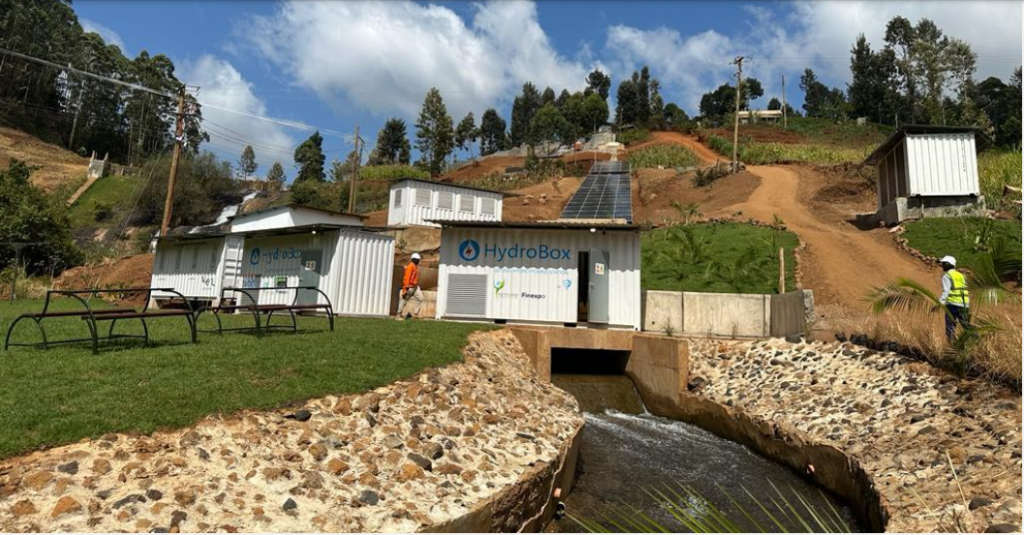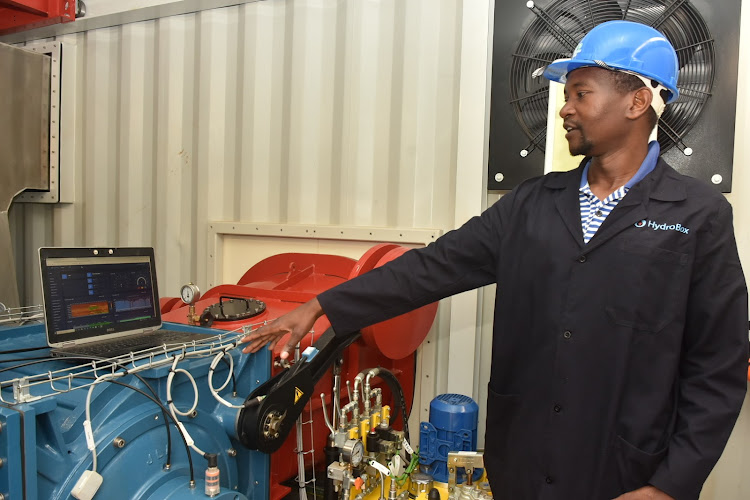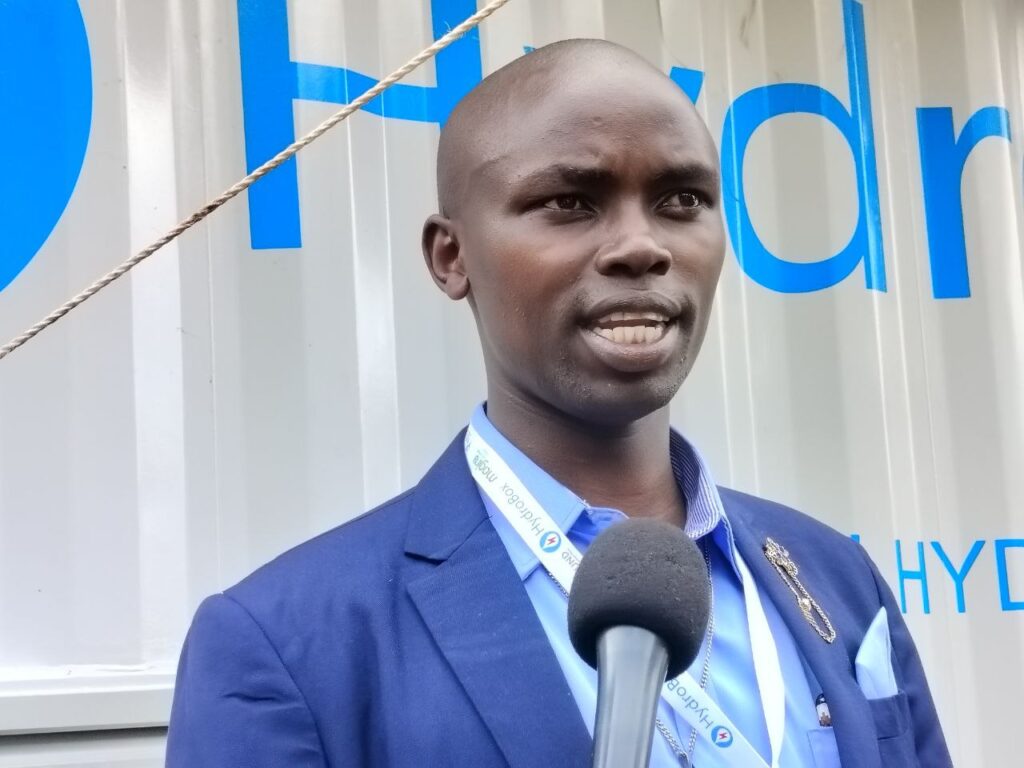
Kenya will need to device new energy sources to meet the increasing demand for power in the coming days.
With Kenya experiencing a surge in the adoption of electric mobility, the demand is expected to exert pressure to generate more electricity to meet the need.
This will likely drive up demand for alternative energy sources such as the Gitugu power plant site situated in Gikoe Village, Mathioya SubCounty, Murang’a County that is an off grid power plant.
The project by local innovator John Magiro began in 2014 generating electricity using locally available standard engines and recycled bicycle parts to from a waterfall on river Gondo.
However, over the years and after funding from donors the plant has scaled up operations to a capacity of 640 kilowatts. With the project is also on a hydro-solar set-up pilot to mitigate the effect of climate change on power production.
With the increased funding, the Chief Executive Officer of HydroBox Organization, Thomas Poelmans, says the firm is targeting to connect more than one million Kenyans to locally produced hydropower.

“We should be able to double the capacity we are providing to our customers. We are also looking to supply local factories so that can have access to affordable power,” said Poelmans.
According to the CEO, the smart hydropower plant guarantees optimal operation, reliability, remote and predictive maintenance of the system through the monitoring and forecasting of key indicators of energy production via smart sensors technology.
READ ALSO: EcoFlow showcase Latest Developments in Portable Solar Power
The purpose of the project is to pilot affordable and innovative way to supply reliable and sustainable electricity at 25 percent lower rate cheaper than national utility, to rural areas which are not connected today and/or stabilize the national electricity grid in areas suffering from frequent outages.
To execute this project, NETFUND, MHEL and HydroBox NV secured support from FINEXPO to develop and commission a first of its kind containerized mini hydropower plant.
Poelmans observed that with their input, they managed to improve Magiro’s power plant from generating 47 kilowatts to the current 640Kw which currently supplies more than 3, 000 end-users.
Already three more projects are on the pipeline set to completed by the end of this year.
With investment in three other similar projects in Murang’a County, the total power output of the project will be more than 1 megawatt.
“I am seeking support to enable families which are as far away as five kilometers from the power plant to get connected to electricity,” said the project founder John Magero.

The incorporation of the solar power into the project has been supported by Netfund as the project looks to scale beyond the 300 local homesteads.
NETFUND Chief Executive Officer Samon Toniok, said their input is making the Hydro-Solar plant hybrid by tapping solar to increase the number of kilowatts produced.
The Hydro-Solar project cost about $1.8 million (approximately Sh252 million) and with the potential to provide power to 15,000 people, he said that the money was well spent.


